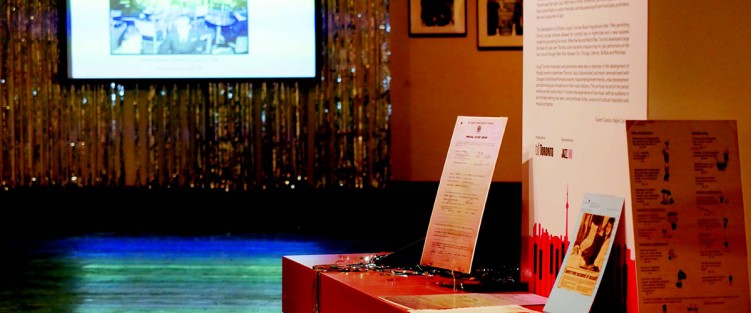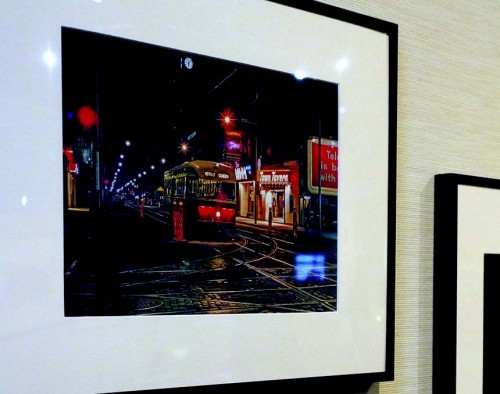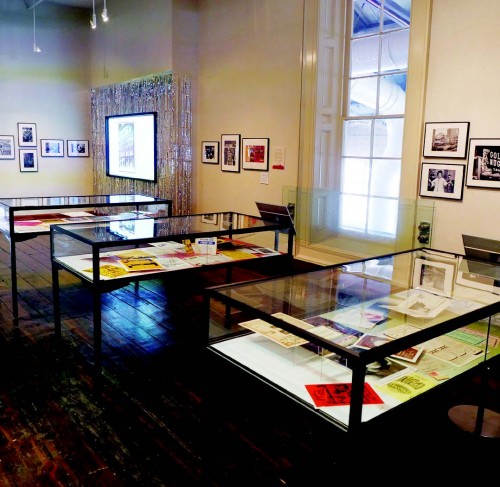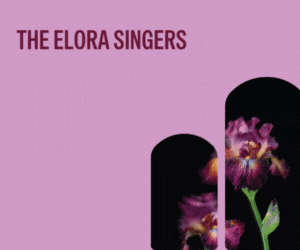 They were as opulent and upfront as the Imperial Room at the Royal York Hotel, which frequently hosted internationally famous stars such as Ella Fitzgerald; or they were as grotty and out-of-the way as the Subway Room of the Spadina Hotel on King Street, where CODA magazine’s Bill Smith presented avant-garde improvisers in the early 1980s. Some like George’s Spaghetti House on Dundas Street E. operated for 38 years until 1994; others like Queen Street’s Matt Muldoon’s lasted barely a year in 1978, But what these clubs and about 75 other music spots did over the years was provide a place for Toronto’s jazz musicians to play, where fans knew they could go to see their favourite music.
They were as opulent and upfront as the Imperial Room at the Royal York Hotel, which frequently hosted internationally famous stars such as Ella Fitzgerald; or they were as grotty and out-of-the way as the Subway Room of the Spadina Hotel on King Street, where CODA magazine’s Bill Smith presented avant-garde improvisers in the early 1980s. Some like George’s Spaghetti House on Dundas Street E. operated for 38 years until 1994; others like Queen Street’s Matt Muldoon’s lasted barely a year in 1978, But what these clubs and about 75 other music spots did over the years was provide a place for Toronto’s jazz musicians to play, where fans knew they could go to see their favourite music.
Notes in the Night: The History of Toronto Jazz Clubs Since 1946, on show at The Market Gallery until June 23, offers an audiovisual history of that phenomenon. To present a three-dimensional view of the scene, the exhibit includes more than 200 items on its walls, on stand-alone panels and in display cases. Not only are there rare photographs of the clubs and performers in their heydays, but also ephemera that take in club menus and table cards, match boxes, LP covers, tickets, advertisements and wall posters. Highlighting 19 major venues, one wall includes a poster of a kilt-wearing saxophonist Jim Galloway advertising an upcoming gig with pianist Doug Riley at the Montreal Bistro. In one display case is a vintage photo of Moe Koffman playing two saxophones at once during a performance at George’s; in another, pianist/singer Jay McShann leads Galloway’s Wee Big Band through its paces at the Montreal Bistro. A 1982 portrait shows drummer Art Blakey in front of Basin Street’s sparkling tinsel backdrop; and a 1960 photo from the House of Hambourg finds a band of young Toronto jazzers trying to impersonate New York junkies in a local version of the play The Connection. Another wall displays a 1969 Toronto Telegram photo shoot of the mock-picketing of the Savarin Tavern by local reed players demanding to be included in The Boss Brass. There’s also an evocative late-night photo of the Queen streetcar moving past the illuminated Town Tavern sign.
 Besides a continuous slideshow projecting 80 images otherwise not seen in the exhibition, are two audiovisual presentations: one monitor shows Toronto Jazz, Don Owen’s 1963 film classic, featuring performances by guitarist Lenny Breau’s trio and saxophonist Don (D.T.) Thompson’s quintet; another monitor captures musicians Don Vickery, Molly Johnson and Archie Alleyne discussing aspects of their careers on the local jazz scene.
Besides a continuous slideshow projecting 80 images otherwise not seen in the exhibition, are two audiovisual presentations: one monitor shows Toronto Jazz, Don Owen’s 1963 film classic, featuring performances by guitarist Lenny Breau’s trio and saxophonist Don (D.T.) Thompson’s quintet; another monitor captures musicians Don Vickery, Molly Johnson and Archie Alleyne discussing aspects of their careers on the local jazz scene.
Toronto’s club explosion happened after 1946 when new Liquor Licensing Board of Ontario dining lounge rules allowed live music venues to sell liquor, explains Ralph Coram, guest curator for the Market Gallery show. “Pent-up demand after wartime austerity and later the building of the subway system facilitated the growth of burgeoning nightlife districts downtown.” All the clubs were in an area bordered by Bathurst and Sherbourne, Dupont to Front, often in rundown but historically important buildings. The majority of clubs allowed patrons and players of all backgrounds to mingle. So for almost every photo of well-dressed patrons drinking at tiny nightclub tables with a band in the background, there are shots of intense fans raptly gazing at the improvisation of among others, pianists Ray Bryant or Lennie Tristano. Most jazz clubs were set up and managed by hoteliers or restaurateurs who had an established operation that could be granted a liquor licence, notes Coram. “The pure music places tended to be the unlicensed after-hours clubs whose patrons were attuned to jazz and who appreciated a casual or bohemian atmosphere, as a reaction against the social and cultural mores of Toronto the Good,” he adds. Toronto’s original so-called music room was the House of Hambourg which operated from 1948 to 1963 in four locations near Bloor and Bay.
 Some clubs specialized in Dixieland, others in modern jazz. But the ones which lasted the longest, such as George’s, Bourbon Street/Basin Street, the Colonial and the Town Tavern offered all sorts of fare. “Many of the owners were music fans and they became even more so if the place made money,” notes Coram. “Some even booked hard-core jazz bands as a prestige or loss-leader venture.” Still, in some cases the lowering of the drinking age to 18 in 1971 led some to start featuring rock music. One show sidelight also traces the activities of several jazz entrepreneurs active at the time, such as Dave Caplan. A tailor, not a club owner, during a career that lasted from the late 1950s to the mid-1980s, he booked jazz at locations that included Club Norman, East 85th, St. Regis Hotel and Meyer’s Deli. One photo shows a snappily dressed Caplan greeting patrons at the St. Regis.
Some clubs specialized in Dixieland, others in modern jazz. But the ones which lasted the longest, such as George’s, Bourbon Street/Basin Street, the Colonial and the Town Tavern offered all sorts of fare. “Many of the owners were music fans and they became even more so if the place made money,” notes Coram. “Some even booked hard-core jazz bands as a prestige or loss-leader venture.” Still, in some cases the lowering of the drinking age to 18 in 1971 led some to start featuring rock music. One show sidelight also traces the activities of several jazz entrepreneurs active at the time, such as Dave Caplan. A tailor, not a club owner, during a career that lasted from the late 1950s to the mid-1980s, he booked jazz at locations that included Club Norman, East 85th, St. Regis Hotel and Meyer’s Deli. One photo shows a snappily dressed Caplan greeting patrons at the St. Regis.
The exhibit was the result of four years of research which involved combing though voluminous paper and photographic files in university, library, government and private archives. Coram explains that “I’m old enough to have been to some of these places like the Colonial, and Bourbon Street. The experiences there always stuck with me and I wanted to bring them back to public consciousness through visual history.
“While this exhibition shows that jazz heritage is a large part of Toronto’s reputation as Music City, the debate in this city around the continuing demise of live music venues is something the jazz community has been dealing with for decades. There’s never been a shortage of local jazz musicians, just a shortage of places for them to play. The jazz community was also right at the centre of some of the social issues of the day, including the struggle to overcome racism, to include Canadian musical content in shows and to participate in urban revitalization.”
Notes in the Night continues until June 23. Located on the second floor of the St. Lawrence Market, 95 Front St. E., the gallery is open Tuesday to Thursday: 10am to 4pm; Friday: 10am to 6pm; Saturday: 9am to 4pm. Closed Sundays, Mondays. toronto.ca/marketgallery



